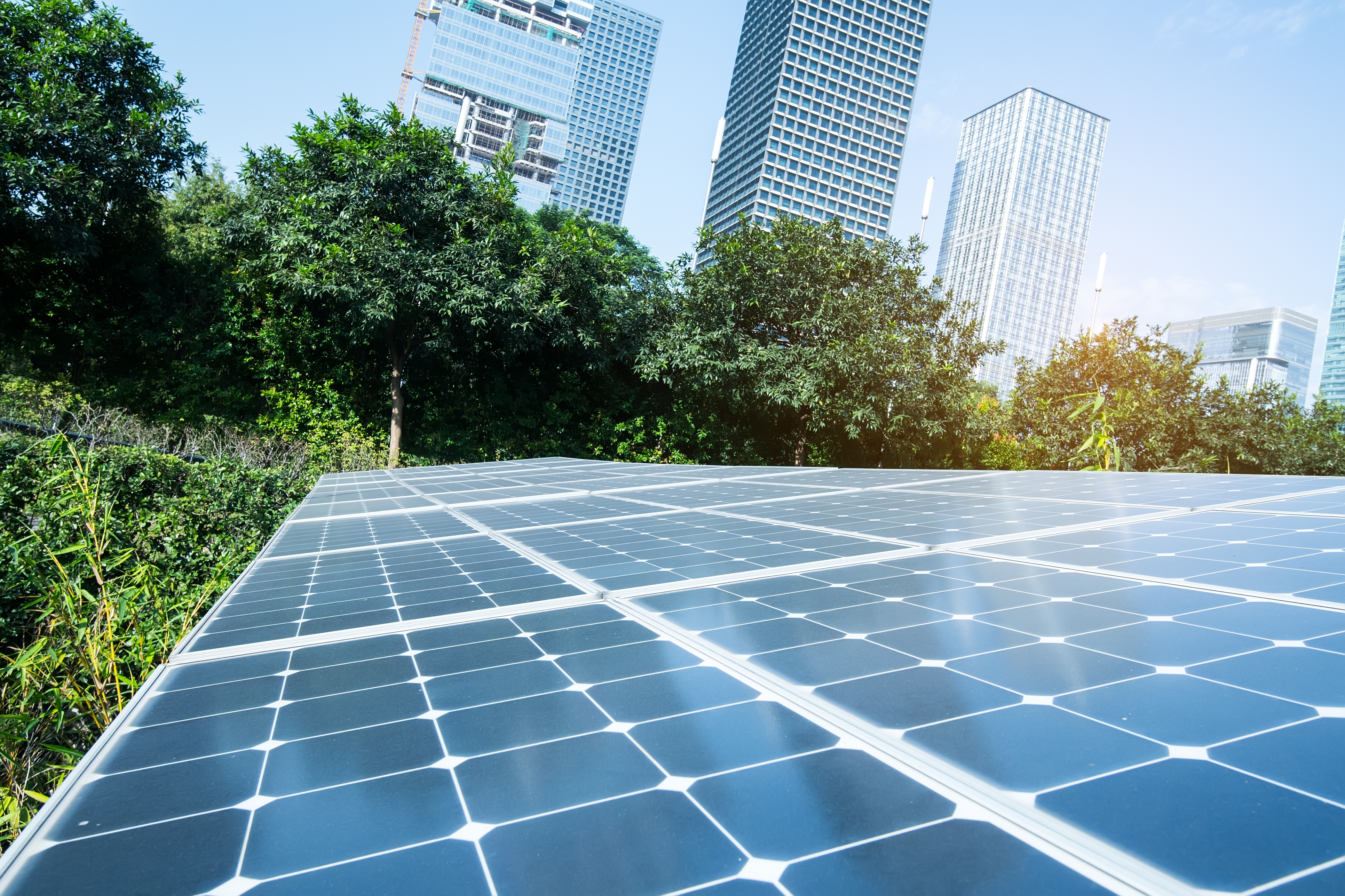
For businesses, solar energy is more than just a wise, eco-friendly choice for power. It makes financial sense.
With a solar installation, you become a producer of clean, sustainable energy, for which you can reap monetary rewards. But like any investment, it is essential to know when you’ll break even with solar, and how it will affect your company’s financial outlook for years to come.
Solar can supply power for every essential business function, such as running computer LANs (local area networks), servers, and large electronics, while taking care of lighting and heating.
In some applications, a custom-made solar solution can save up to 70% of the cost of typical grid electricity, all starting from the first day of usage.
Solar power for businesses: A natural fit
Business operations and free energy from the sun are a perfect match. Especially with New Zealand’s access to bright sunshine, companies of all types are saving money and reducing carbon emissions with the use of state-of-the-art solar power.
The savings on big electricity bills, plus the prospect of ‘going green’ for a healthier New Zealand, is simply a win-win.
Here, we'll give you some estimates on the size, cost, and savings of a solar power system, based on averages for small, medium, and large-sized commercial buildings. This will help you see how your solar system will pay off over the years, once you’ve crossed the solar payback threshold. (Bear in mind that the following example figures are based on 6 hours of sun per day.)
Read about the health and environmental benefits of using solar power here.
Small commercial buildings
Businesses using a small-scale commercial building will need, on average, a system consisting of 52 solar photovoltaic (PV) panels at a size of 15kW. Based on a daily usage of about 250kWh, this would take 5.33 years to pay off completely.
Once the upfront costs are covered, a business can then keep all future savings on big electricity bills to reinvest in company growth and other needs. Let’s take a closer look at the return on investment:
Given the above numbers for a small commercial building, the net present value (NPV) would be $43,336. The annual internal rate of return (IRR) would be 19%, and the total savings on your electricity bill over 25 years would be $195,949.
As these estimates suggest, there can be substantial long-term returns for businesses that adopt solar. The investment is especially good when solar panels are installed on more than one building, as the savings and returns are multiplied across all properties.
Medium commercial buildings
For the average medium-sized building, a system of 88 panels at a size of 25kW would be needed, and installation would cost around $56,200. With an average daily power consumption of 450kWh, it will take 5.11 years to pay off the upfront investment.
The NPV would be $74,693, the annual internal rate of return would be 20%, and the 25-year savings would amount to $326,582.
With savings on your company’s outgoings like these, solar would be a healthy investment for businesses that own mid-sized buildings and are focused on continued growth.
Large commercial buildings
A large building will typically require 106 panels at a size of 30kW. With an average daily consumption of 600kWh, the solar system would take 5.08 years to pay off.
The NPV would be $90,071, the annual internal rate of return would be 20%, and the 25-year power bill savings would add up to $391,898.
Companies that own large buildings can see a huge financial benefit from solar, with an ROI that can help harness new resources and even expand into new markets, depending on corporate goals.
The added benefit of storage options
In some cases, businesses can expect even greater returns than the estimates given above, thanks to the availability of energy storage options. Even though solar power is ‘renewable’, it can be inconsistent, especially during the winter or periods of bad weather and low sunlight.
For this reason a high-capacity solar battery, even as a supplement to the common net-metered solar installation, is a great way to ensure a steady supply of energy for your buildings. Any excess solar power produced would be stored by the battery for later use in low production periods. This would keep your business relatively independent from the grid.
Solar energy for business is more than an eco-friendly choice. It can be a high-yield venture. After the solar installation is ‘paid back’, all the money saved is extra capital that you get to keep and reinvest in the business as you choose. The right solar power system will be a boon to your balance sheet, and can play a strong role in your company’s success.
Disclaimers:
The above statistics are calculations based on 70-100% solar consumption / 25c per kw savings per kw (grid cost) / 4.6kw ave daylight hours. Actual self-consumption will vary by home, but for an energy-conscious household with an appropriately-sized system, a solar usage rate of 80% or higher is feasible. With retail electricity rates higher than export rates, all homes with a solar system should endeavour to self-consume as much solar energy as possible. Total power output relative to nominal solar system capacity (kW). Overall system efficiency is dependent on a number of factors, including panel tilt & orientation, dynamic efficiency of individual components (esp inverter), and climate (higher temperatures degrade output).








